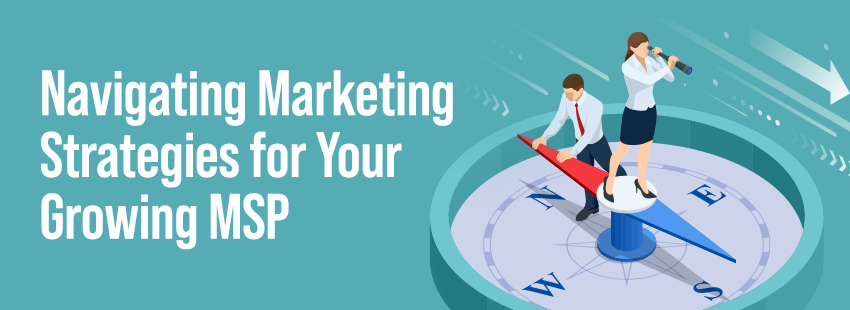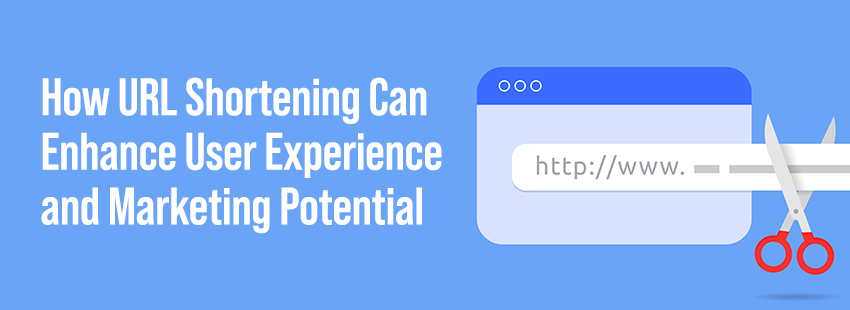What is Growth Marketing and How Can it Grow Your Business
While all marketing is about driving growth, investing in the specific function of growth marketing tactics can go a long way toward growing your subscriber base and your overall business.
Traditional marketing includes using a relatively static strategy to reach customers. Growth marketing, by contrast, is dynamic and constantly changing. Instead of using the same old techniques to reach potential and existing customers through traditional marketing, growth focuses on constant adaptation to new channels and feedback on what is working well to reach target audiences.
Following these techniques and tailoring content as much as possible to target audiences helps a company grow its subscriber base while also cutting acquisition costs in half — something that is appealing to any SMB. On top of subscriber growth, growth marketing also creates more engaging content that helps reduce churn and drive a potential increase in revenue.
Implementing growth marketing practices
The goal with growth marketing is to optimize marketing spend through experimentation and adaptive, fast decisions. One common practice is A/B testing and multivariate testing, through which marketers can quickly determine which tactics work best with the target audience and tailor their strategy accordingly.
“Done right, personalization enhances customers’ lives and increases engagement and loyalty by delivering messages that are tuned to and even anticipate what customers really want,” a report from consulting firm McKinsey on growth marketing says. The firm’s research showed that these practices could raise revenues by 5-15 percent while also reducing acquisition costs significantly.
To begin a growth marketing practice, a business needs behavioral data on its customers and groups them by segments (for example, women who live in California who also love to shop at Macy’s). A typical business may want to start with around 8-10 segments, then map those segments against different stages of the buying journey.
Content can then be personalized, tested, and optimized for each of these segments at each stage of the journey. This content can be sent in response to a trigger, such as clicking on the company’s website or be part of continuous outreach. The marketing team can carefully monitor how the customer responds, then adapt quickly to improve or continue a similar pattern of outreach.
Diving in headfirst
Adopting growth marketing takes a complete cultural change of the marketing team. An SMB may have a small group dedicated to creative, digital media, analytics, operations, and IT. Still, those individuals need to be aligned on this strategy and adapt their thought processes and priorities from traditional marketing if a growth marketing approach is practical. On top of that, leadership needs to empower them to make this change.
While the transition to growth marketing may be challenging for a business that has never done it before, the opportunity to drive increased revenue growth and better customer engagement are significant. For an SMB looking to optimize their business, growth marketing presents much promise to achieve those goals.





